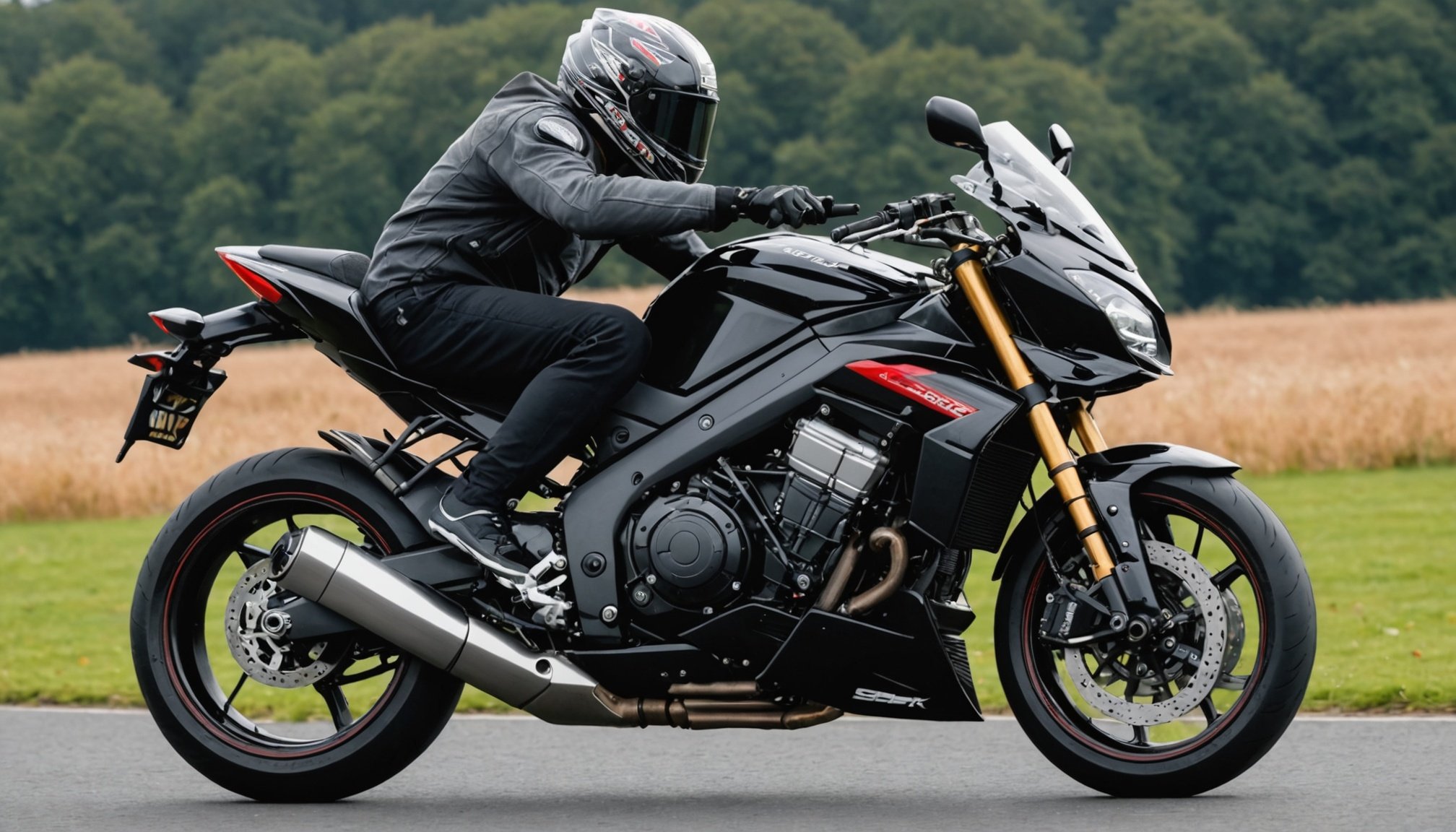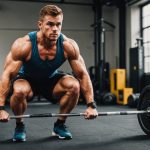Unlocking Peak Performance: Ideal Engine Configurations for Sport Bikes in the UK
When it comes to sport bikes, the engine is the heart of the machine, and its configuration can make all the difference in delivering peak performance. Whether you’re a seasoned rider or just starting to explore the world of motorcycles, understanding the ideal engine configurations can enhance your riding experience significantly. Here’s a deep dive into what makes an engine tick and how different configurations can suit various riding needs.
Understanding Engine Fundamentals
Before we dive into the specifics of engine configurations, it’s essential to understand some key terms and concepts.
Also to read : Essential Tips for Safely Regaining Control of Your Sport Bike After a Skid on UK Roads
Power and Torque
Power and torque are the two primary metrics that define an engine’s performance. Power, typically measured in horsepower (hp), indicates the engine’s ability to generate speed and acceleration. Torque, measured in Newton-meters (Nm), reflects the engine’s rotational force, which is crucial for pulling power and handling.
Engine Types
Sport bikes often feature inline-four, V-twin, or parallel-twin engines. Each type has its unique characteristics:
Additional reading : Essential Legal Guidelines for Sport Bike Modifications in the UK: What You Need to Know
- Inline-Four: Known for high power output and smooth operation, inline-four engines are common in sport bikes like the Suzuki GSX-S1000GT and BMW S1000XR TE.
- V-Twin: Popular in bikes like the Ducati models, V-twin engines offer a distinctive sound and a strong mid-range torque.
- Parallel-Twin: Found in bikes such as the KTM 890 SMT, parallel-twin engines provide a balance between power and weight.
Ideal Engine Configurations for Different Riding Styles
For High-Speed Performance
If you’re looking for an engine that excels at high speeds, you should consider bikes with powerful inline-four engines.
Example: BMW S1000XR TE
The BMW S1000XR TE is a prime example of a high-performance sport bike. With its 999cc inline-four engine producing 168hp and 114Nm of torque, this bike is designed for speed and agility. The engine’s high power output and linear midrange make it perfect for highway touring and track days.
Key Features:
- Engine Type: 999cc inline-four
- Power: 168hp
- Torque: 114Nm
- Weight: 227kg
- Seat Height: 850mm
For Mid-Range Torque and Versatility
For riders who need a balance between power and torque, especially for everyday riding and occasional touring, engines with enhanced mid-range torque are ideal.
Example: Honda NT1100
The Honda NT1100 features a 1,084cc twin-cylinder engine that boasts 7% more low to mid-range torque. This configuration provides instant acceleration and plenty of power for highway touring. The engine’s Throttle By Wire (TBW) system ensures a smooth and linear response, making it versatile for various riding conditions.
Key Features:
- Engine Type: 1,084cc twin-cylinder
- Power: 101hp
- Torque: 104Nm
- Weight: 238kg
- Seat Height: 820mm
For Lightweight and Agile Performance
For those who prefer a more agile and lightweight bike, engines designed to minimize weight while maintaining performance are the way to go.
Example: KTM 890 SMT
The KTM 890 SMT is a great example of a lightweight yet powerful bike. With its 889cc parallel-twin engine producing 103hp and 92Nm of torque, this bike is known for its quick steering and well-damped suspension. The engine’s design ensures it is both powerful and manageable, making it perfect for urban and adventure riding.
Key Features:
- Engine Type: 889cc parallel-twin
- Power: 103hp
- Torque: 92Nm
- Weight: 206kg (est)
- Seat Height: 860mm
Advanced Technologies Enhancing Performance
Modern sport bikes often come equipped with advanced technologies that significantly enhance their performance.
Traction Control and ABS
Features like traction control and Cornering ABS are crucial for safety and performance. For instance, the Honda NT1100’s six-axis IMU (Inertial Measurement Unit) provides refined rear wheel traction management and Cornering ABS, ensuring better handling and braking in various conditions.
Ride Modes
Multiple ride modes are another common feature that allows riders to adjust the engine’s power delivery and traction control according to the riding conditions. The BMW S1000XR TE, for example, offers various ride modes including Rain, Road, and Dynamic, each tailored to different riding scenarios.
Fast Charging and Battery Management (for Electric and Hybrid Bikes)
Although less common in traditional sport bikes, electric and hybrid motorcycles are gaining popularity. For these bikes, fast charging and efficient battery management are critical. The Bosch Performance Line SX, for instance, offers fast charging capabilities and a high energy density battery, making it suitable for long rides with minimal downtime.
Practical Insights and Actionable Advice
Choosing the Right Bike
When selecting a sport bike, consider your primary riding style and the terrain you’ll be covering most often. Here are some tips:
- For Track Days: Look for bikes with high power output and lightweight designs, such as the Ducati Panigale.
- For Touring: Opt for bikes with enhanced mid-range torque and comfortable ergonomics, like the Honda NT1100.
- For Urban Riding: Consider bikes with agile handling and manageable power, such as the KTM 890 SMT.
Maintenance and Upkeep
Regular maintenance is key to ensuring your bike’s engine performs at its best. Here are some tips:
- Regular Oil Changes: Use high-quality oil suitable for your bike’s engine type.
- Tire Pressure: Maintain the recommended tire pressure to ensure optimal performance and safety.
- Battery Care: For electric or hybrid bikes, follow the manufacturer’s guidelines for charging and maintaining the battery.
Comparison Table: Key Sport Bikes in the UK Market
| Bike Model | Engine Type | Power (hp) | Torque (Nm) | Weight (kg) | Seat Height (mm) |
|---|---|---|---|---|---|
| BMW S1000XR TE | 999cc inline-four | 168 | 114 | 227 | 850 |
| Honda NT1100 | 1,084cc twin-cylinder | 101 | 104 | 238 | 820 |
| KTM 890 SMT | 889cc parallel-twin | 103 | 92 | 206 (est) | 860 |
| Suzuki GSX-S1000GT | 999cc inline-four | 150 | 106 | 226 | 810 |
| Ducati Super Duke GT | 1,301cc V-twin | 173 | 124 | 230 | 835 |
Quotes from Industry Experts
- “The key to peak performance in sport bikes is not just about raw power, but also about how that power is delivered. Features like traction control and multiple ride modes make a significant difference in real-world riding conditions.” – BMW Motorrad Engineer
- “For touring, you need an engine that provides strong mid-range torque. This ensures you have the power you need for overtaking and climbing hills without straining the engine.” – Honda Motorcycle Designer
- “Lightweight engines are a game-changer for urban and adventure riding. They offer the perfect balance between power and agility, making the bike more fun and easier to handle.” – KTM Motorcycle Engineer
Choosing the right engine configuration for your sport bike is a critical decision that can significantly impact your riding experience. Whether you’re looking for high-speed performance, mid-range torque, or lightweight agility, there’s a bike out there tailored to your needs. By understanding the fundamentals of engine performance and the advanced technologies available, you can make an informed decision and unlock the full potential of your motorcycle.
In the words of a seasoned rider, “The right bike can transform your riding experience. It’s not just about the engine; it’s about how it makes you feel on the road.” So, take the time to discover new bikes, read reviews, and test ride different models to find the one that best suits your riding style and preferences. Happy riding











